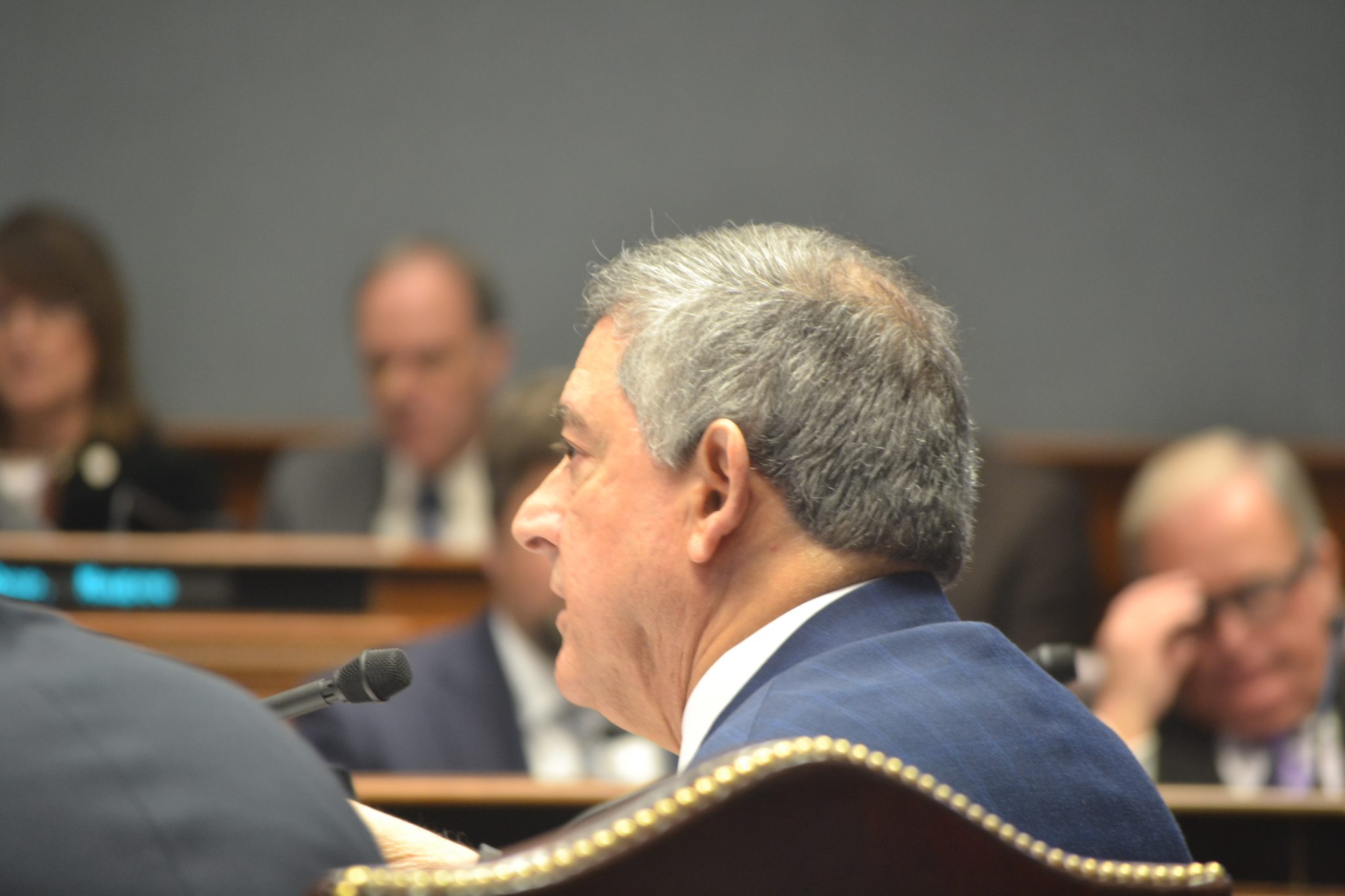By Piper Hutchinson of the LSU Manship School News Service
Louisiana will have an additional $1.6 billion to spend over the next year and a half after a state panel approved new revenue projections Tuesday.
The state expects to collect $1.2 billion more in general fund revenue than projected in the current budget cycle, which ends June 30, and $770 million more in the next cycle, which starts July 1.
This revenue is mostly due to personal income taxes and sales taxes, which have been higher than anticipated.
Not all of the extra money will be available to be spent at the Legislature’s discretion. About $275 million will be set aside for dedicated funds, and $400 million will be used to pay down the federal loan the state received to rebuild the levee system after Hurricane Katrina.
The remaining $850 million will be available for the Legislature and the governor to divvy up during the next regular legislative session, which is slated to tip off in March. These excess funds are a welcome sight to the state, which has faced years of budget shortfalls.
The state also has $1.3 billion in federal pandemic relief aid available and a budget surplus from the previous fiscal year, which ended last June 30, that is estimated to be over $500 million. That number will be finalized later this year.
While the pandemic aid and the budget surplus are restricted in their uses, some of the revenue recognized Tuesday is likely to be used for infrastructure projects.
Senate President Page Cortez, a member of the Revenue Estimating Conference, said that he anticipates some of the money will be used for road and bridge projects as well as for deferred maintenance projects on university campuses.
LSU’s Baton Rouge campus alone has a deferred maintenance backlog of over $600 million.
The Revenue Estimating Conference, a four-person panel made up of Cortez, House Speaker Clay Schexnayder, Commissioner of Administration Jay Dardenne and economist Stephen Barnes, sets revenue levels that the governor and lawmakers can use in creating their spending plans.
The group opted for the more conservative models set forth by the legislative fiscal office rather than the more optimistic models presented by the Department of Administration.
The department’s projection would have added an additional $414 million in forecasted funds, but Dardenne, who heads the department, moved to adopt the legislative office’s projection. The group unanimously supported this decision.
The group’s caution stems from a number of different sources–one being the pending fiscal cliff set to hit the state in 2025, when the state sales tax rate is supposed to drop from 4.45% to 4%. That tax helps pay for health care, K-12 schools, prisons and higher education.
The estimating committee is also wary of the economic drop-off that is expected as federal pandemic aid and post-hurricane recovery spending winds down.
Ben Vincent, an economist with the legislative fiscal office, said that the office constantly talks about the lessons from Hurricane Katrina.
After Katrina, due to a surge in revenue from rebuilding efforts, elected officials cut taxes, causing years of budget problems for the state. Edwards eventually had to persuade the Legislature to raise taxes to prevent major cuts to public services.





